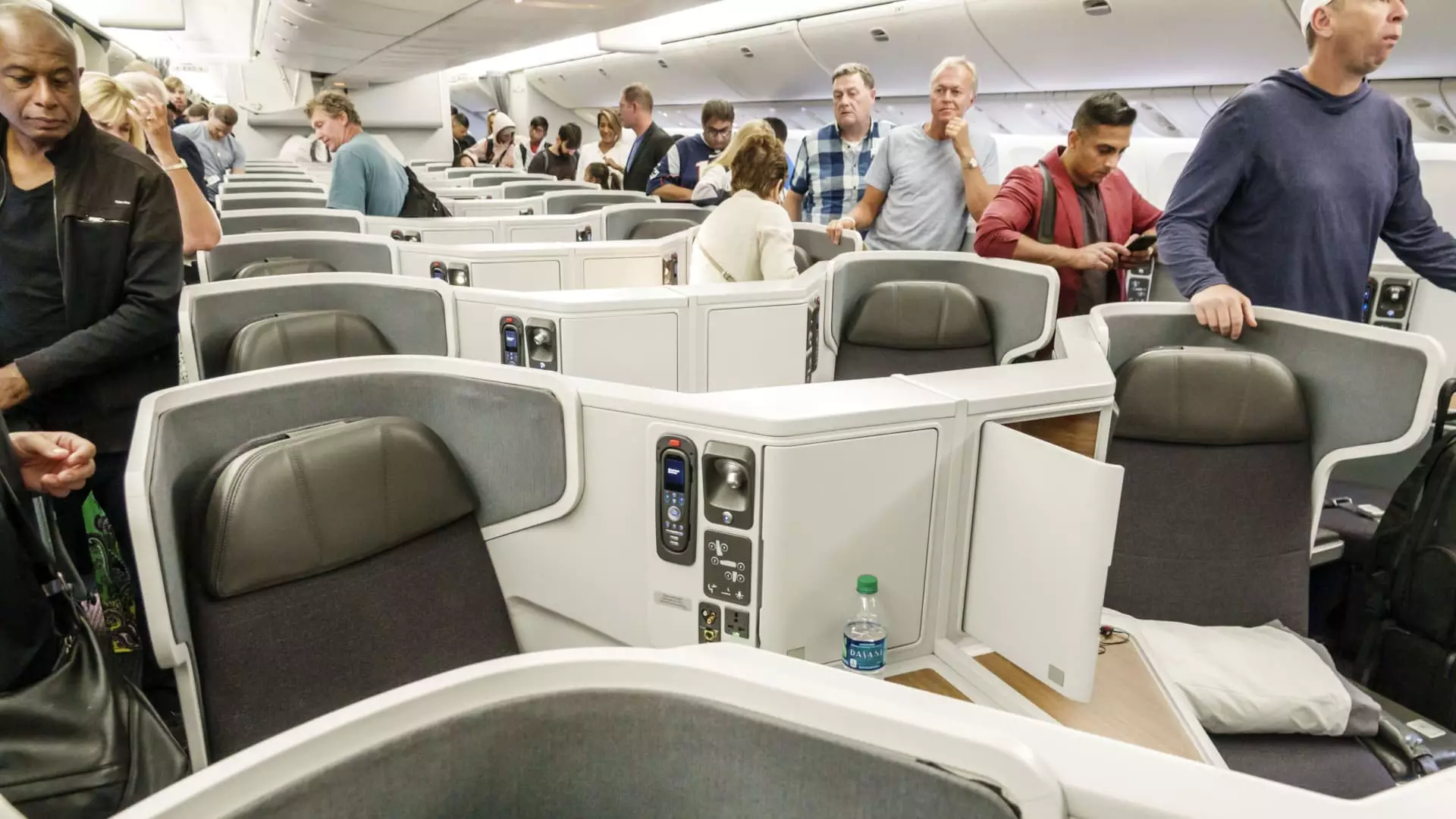The landscape of air travel has undergone a significant metamorphosis in the wake of the COVID-19 pandemic. As travelers return to the skies, their preferences have shifted dramatically. Cheap seats, once the favored option for budget-conscious flyers, are no longer sufficient for a growing number of passengers. Airlines now face an evolving demand spectrum that is redefining their business models and service strategies. This article examines the implications of these trends for the airline industry, frequent flyers, and the travel experience as a whole.
Amid recovering travel demand, a notable trend has emerged: the willingness of passengers to pay an increased price for more spacious and comfortable seating. It indicates a clear departure from pre-pandemic norms where cost was often the primary deciding factor for ticket purchases. Airlines report a mounting preference for premium cabins, with the demand for first-class and business-class seats soaring. Delta Air Lines, for instance, reported that about 75% of its domestic first-class seats are filled by paying customers, a stark contrast to only 12% a mere 15 years ago.
This shift towards premium offerings has financial implications central to airline revenue generation. The loyalty programs that have historically focused on rewarding frequent flyers with upgrades are being reassessed. Airlines are recognizing the need to strike a balance between maintaining elite status perks and maximizing revenue. As airlines heighten their focus on monetizing premium seating, it becomes apparent that sustaining profitability necessitates a reevaluation of traditional customer loyalty frameworks.
Frequent flyers, who once enjoyed relatively straightforward access to upgrades, are now facing an increasingly competitive environment. With a growing number of travelers seeking the comfort of premium cabins, the likelihood of scoring a complimentary upgrade has significantly diminished. Airlines are not only witnessing a growing ranks of frequent fliers but also responding with stricter criteria for achieving and maintaining elite status.
These changes manifest in higher spending thresholds required for elite status recognition. Airlines like United have announced upcoming adjustments that will demand higher outlays for travelers seeking status upgrades. Meanwhile, American Airlines has opted to maintain its current requirements but faces pressure to adapt as market competition heats up. This new environment poses a dual challenge for frequent travelers: not only is there increased competition for premium seats, but the pathways to elite status are also becoming more stringent.
Looking ahead, airlines are optimistic about demand levels, even forecasting record-breaking passenger counts during peak holiday seasons. According to aviation data firm Cirium, U.S. airlines are preparing for a measured capacity increase of approximately 1% in early 2025, suggesting a solid foundation for sustained passenger growth in both peak and off-peak seasons. Airlines are reporting that they have achieved robust revenue gains in specific markets, including transatlantic routes, with some of the strongest unit revenues recorded in winter months.
In response, airlines are rolling out new aircraft designs and retrofitting existing fleets to accommodate more premium seating arrangements. For example, Alaska Airlines is updating its fleet with enhanced premium seating configurations as it prepares for a broader service expansion. JetBlue and Frontier are similarly investing in more spacious cabin layouts, recognizing an evolving customer expectation for comfort. This trend reflects a discernible market shift whereby airlines are compelled to adapt their structures to match traveler preferences.
The aviation industry’s adaptive response to a changing consumer landscape illustrates a pivotal transformation in air travel dynamics. As travelers increasingly gravitate toward premium seating, airlines are prioritizing investment in nicer cabin accommodations while recalibrating their loyalty programs to align with evolving expectations.
This transition marks the dawn of a new era in air travel, characterized by a greater focus on passenger experience and a shift away from traditional, cost-centric paradigms. While these developments may pose challenges for frequent fliers accustomed to complimentary upgrades and expansive access to loyalty benefits, they also highlight a broader trend of growth within the airline industry. Ultimately, the quest for enhanced comfort will drive airlines to continually adapt, innovate, and compete for the growing segment of travelers willing to invest in a superior flying experience.

